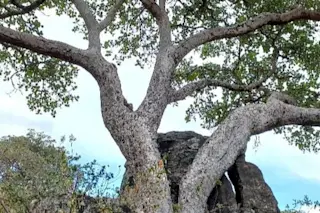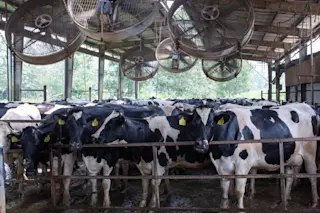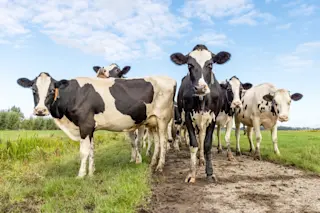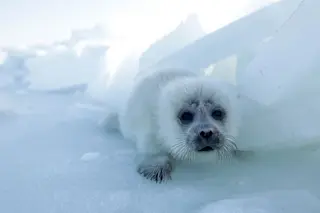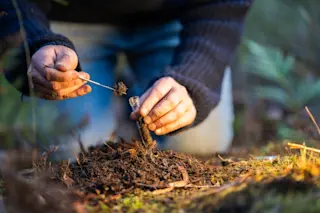Did climate change kill off North America’s mastodons at the end of the last ice age? Or did humans wipe them out? A new study by paleontologist Daniel Fisher of the University of Michigan at Ann Arbor bolsters the latter theory.
Fisher examined the tusks of eight mastodons, both males and females, dating from 12,000 to 10,000 years old. Tusks, says Fisher, grow in layers like tree rings, as seen in this longitudinal section. When the animals are in better condition they can add more tusk material within a fixed time, so the intervals get thicker. When the animals are stressed, these increments get thinner, he says.
Fisher found precipitous drops in tusk growth in males when the animals were 10 to 13 years old. He suspects that it represents the first stage of sexual maturation--a time when modern-day, sexually maturing male elephants are kicked out of their matriarchal family ...




